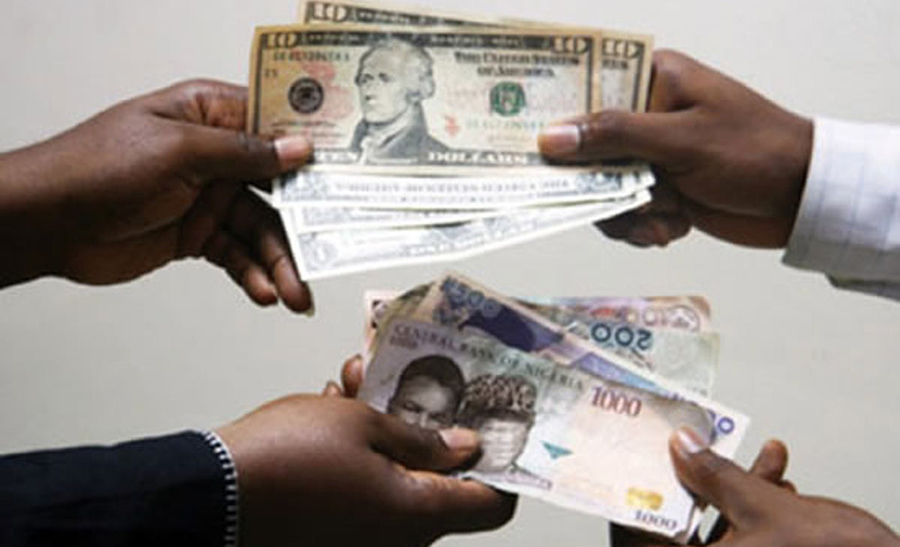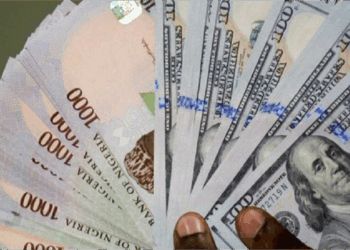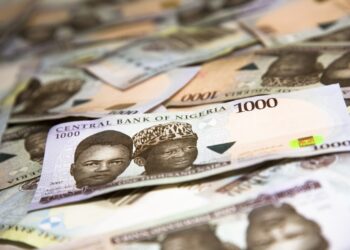The naira has appreciated to N386 at the Investors and Exporters (I&E) window, closing the week lower as investors scrambled for forex supplies. The local currency strengthened by N0.58 against the dollar, compared to the N386.58 to a dollar that it traded on Thursday.
The exchange rate at the I&E window is different from the Cental Bank of Nigeria’s published exchange rate, which is currently stated at N360/$1. It is also different from the exchange rate at the parallel market, which closed at N455/$1, according to information on AbokiFX as of Friday, May 15, 2020.
Available information from the FMDQ (where FX is traded by importers and investors) shows that the naira appreciated against the dollar by N0.52, closing at N386.58 to a dollar, as against the N387.10 to a dollar that it opened with on Friday, May 15, 2020. The exchange at the start of the week was N387.25.
READ ALSO: Foreign investors trapped in the debt market as dollar scarcity persists
The foreign exchange market has been going through a liquidity crisis since the crash of crude oil prices globally, due to the coronavirus pandemic prompted lockdowns. A cursory look at the data from the FMDQ shows that the turnover for the day was $18.55 million. This is a far cry from the $300 million – $400 million per day that it traded in February.
The appreciation of the naira at the I&E window is coming despite pressure on the foreign exchange market, and the depreciation of the naira at the parallel market, popularly known as the black market.
READ MORE: Top 10 risks Nigerian businesses will face in 2020/2021 – Report
It can be recalled that Nairametrics reported that Nigeria’s external reserve increased by $1.36 billion within the last 13 days, despite low crude oil prices and sharp drops in foreign exchange earnings.
The scarcity of dollars has affected manufacturers badly, as they are having difficulties accessing foreign exchange for some of their raw materials. The manufacturers, according to FBNQuest, are estimated to have $1 billion backlog of outstanding dollar demand.




















